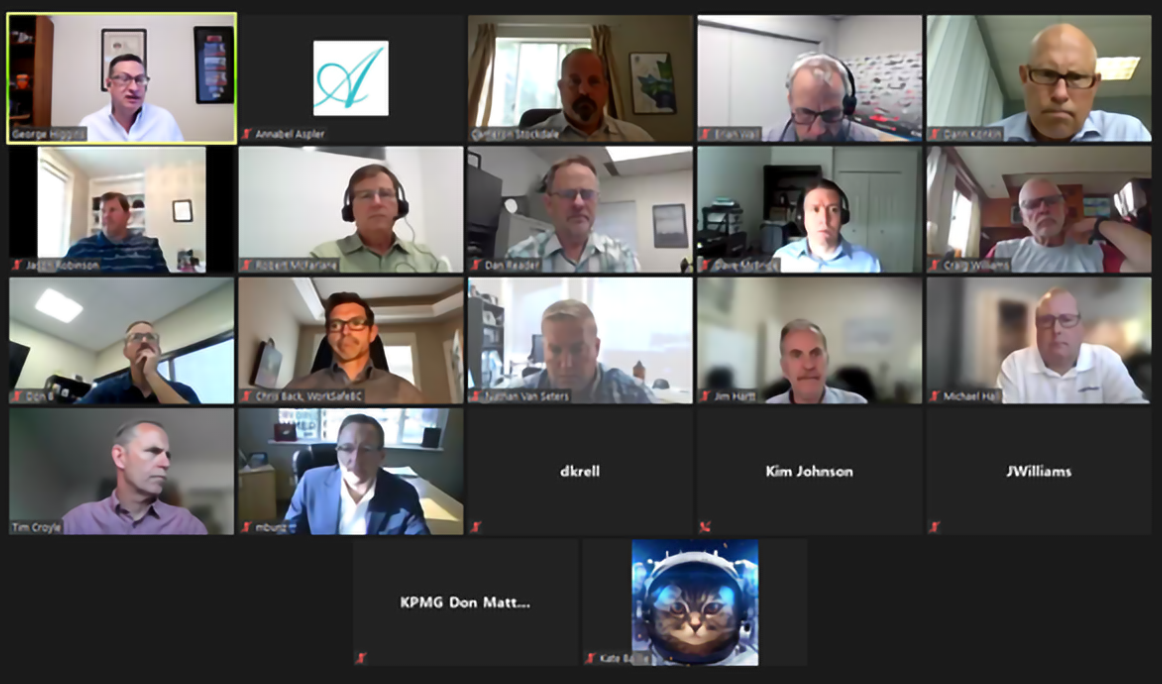Transitioning From COVID-19 to Communicable Disease Prevention in the Workplace – Jul 08, 2021

Transitioning From COVID-19 to Communicable Disease Prevention in the Workplace
At today’s Virtual Breakfast Forum we welcomed Chris Back, Director, OHS Consultation & Education Services at WorkSafeBC. Chris shared a presentation on Transitioning From COVID-19 to Communicable Disease Prevention in the Workplace.
British Columbia is currently at Step 3 in the provincial restart plan. The current recommendation is that employers should do the best they can to maintain existing COVID-19 protocols, where they don’t impact negatively the operations (for example barriers, mask policies, directional signage, etc). Whether the protocols impact negatively on an operation would be subjective to each employer. During this transition, as every person goes through it at their own pace, employers are encouraged to make the transition on their organizations as smooth as possible for their employees.
Step 1: Understand the risk (monitor and review communicable disease-related information – orders, guidance, notices and recommendations issued by a medical health officer or the provincial health officer from a local or regional level, or within a workplace. Employers are required to follow the guidance and driection provided).
Step 2: Implement measures, practicies and policies to reduce the risk (ongoing measures – maintain at all times. Policies to support staff with symptoms, provide had-hygiene facilities, maintain a clean environment, ensurea building ventilation is adequate and properly maintained, support employees in receiving vaccinations)
Step 3: Communicate measures, practices and policies
Step 4: Monitor the workplace and update plan as necessary
It’s important to remember not to take your eye off the ball for any other workplace safety concerns. In addition, bear in mind that psychological health is of equal importance to physical health.
Questions? Call the WorkSafeBC Prevention Information Line at 604-276-3100 or 1-888-621-SAFE



